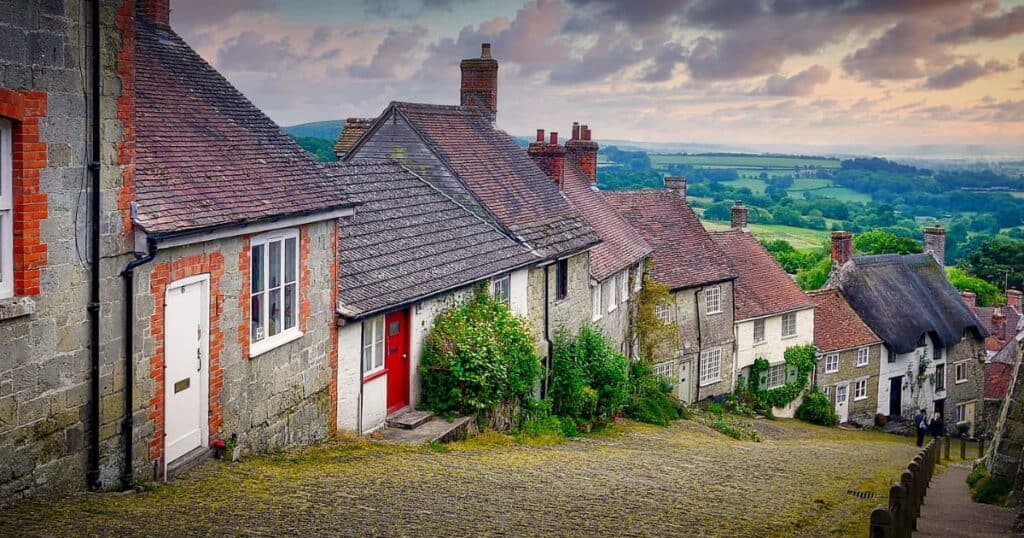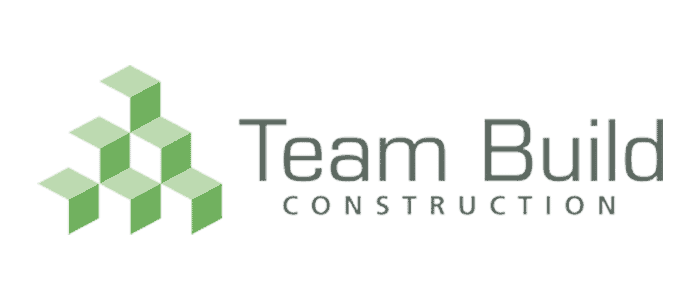
You’ll likely be able to envision the picturesque house in the hills that many people imagine as their dream homes, but have you ever wondered how this dream is made into a reality? In this guide, we’ll look at how you can build a new house on sloped land and why this approach is often sought after by many people.
Why build on a sloping site?
There are several reasons that you might decide to build on a sloping site, and it’s no surprise that some of the most sought-after homes on the planet are built into hillsides. The most common benefits of building on a sloping site include the following:
- The landscaping – One of the major appealing factors about building on a slope is the innovative landscaping opportunities it presents. If you enjoy bespoke home designs, then building on a slope could be the ideal project for your next property.
- The views – Depending on where your property is located, building on a slope can give you access to some of the best views possible. Whether it’s vast greenery or secluded forestry, you will likely have stunning views from the comfort of your own home.
- The seclusion – In addition to the vast views available from slope-side properties, there is also an added sense of seclusion. If you are keen on maintaining a high level of privacy, building a house off the beaten path into a hillside may suit your requirements.
- The space – Building on a slope usually allows for a considerable amount of space. Many people choose to extend their basement to a walkout, which essentially acts as a lower ground floor to the property.
- The lighting – Houses that are located on the hillsides typically have access to more natural lighting. Making use of large bay windows can utilise natural lighting, which is said to have profound health and lifestyle benefits such as better sleep and a more positive mood.
How to build on a sloped site
When it comes to building on a sloped site, two main methods are commonly used:
- Cut and fill – This method essentially consists of removing or adding soil from the ground. Soil might need to be cut out and removed, whilst some areas may require filling with soil. In some scenarios, houses will need a combination of cutting and filling. Depending on the condition and grade of the soil and ground, this may end up being a more expensive construction method when building on a sloped site.
- Using stilts – Stilts can provide an alternative option to building extensive foundations using the cut and fill method. Stilts allow you to build outwards whilst leaving the ground below relatively untouched. Using stilts can often be a more cost-effective method of building on a sloped site, and it usually allows you to be more flexible with the construction.
Major challenges of building on sloping land
As with any form of construction, there are challenges that will need to be considered before you begin working on the project. A key indicator of the project difficulty is the gradient of the slope you are planning to build on. Anything above a 20% incline is considered steep and may pose bigger risks and hurdles. In terms of other common challenges, building on a slope often poses the following hurdles:
- Drainage and sewage – One major challenge of building on sloping land can be the implementation of a drainage system. It’s important that rainfall is redirected away from the foundations of your property without flooding any public areas. You’ll also need to ensure a sewage system is set up properly, as you may require a pump in order to link up with the sewage line.
- Access to the house – Properties situated in unusual locations can often be challenging to create access to. Driveways can be awkward to build for certain types of properties built on sloping land, so it’s important to consider how much access you will require before you go ahead with the project.
Things to consider
The other most important considerations when building on a slope are the time and costs required. Houses built on slopes can be complex and are often subject to additional issues that may not normally arise when building on flat ground. Because of the difficulty when building on gradients, your project may require more time and rack up higher costs than anticipated, so it’s always wise to ensure your budget covers any potential extra costs you may incur. You’ll also want to figure out the approximate timescale of the project, as you’ll need to plan around when the house will be ready to move into.
As with any construction project, it’s important to do your research and figure out what will work best for you. It’s also always recommended to seek professional advice with complex projects.

